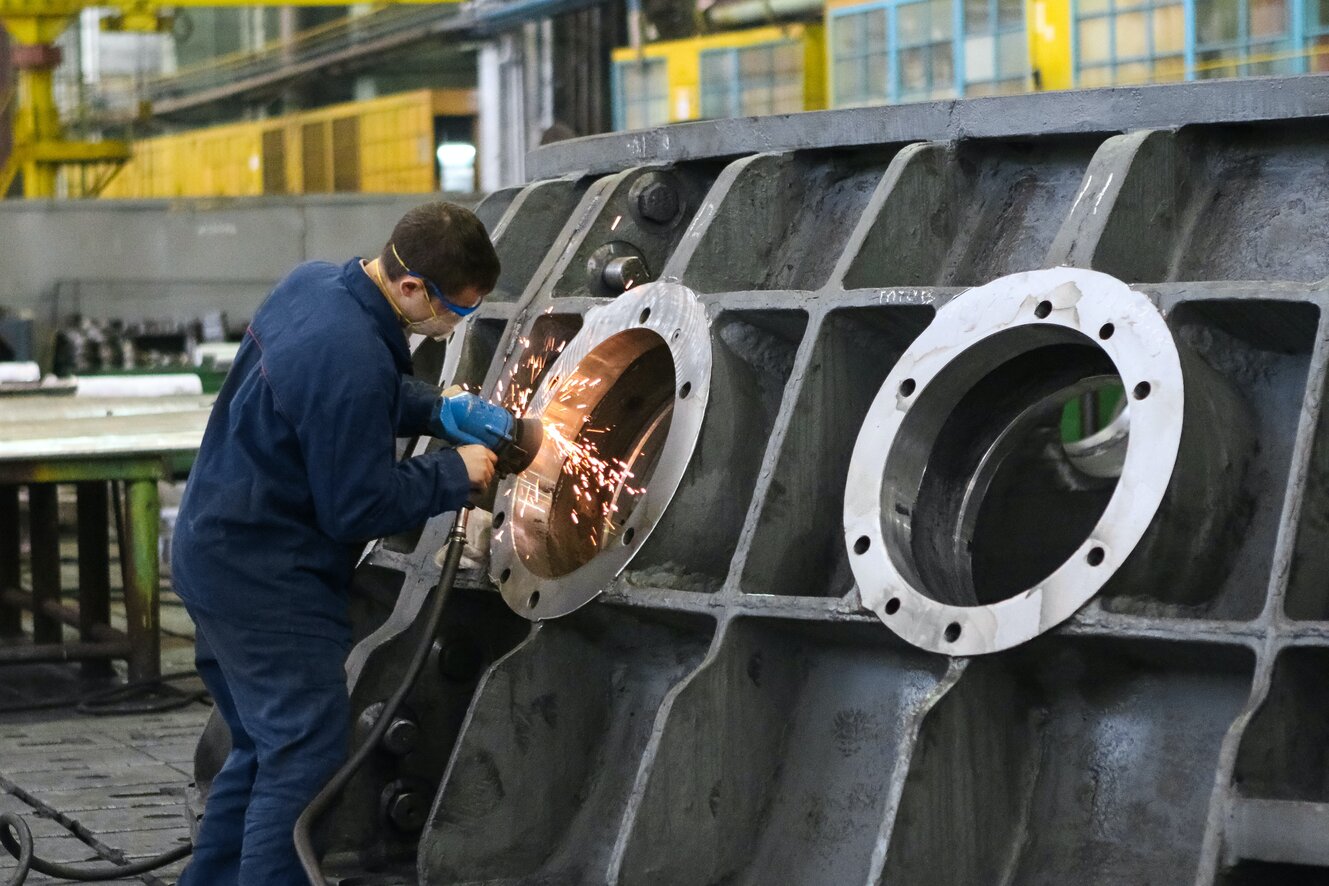
Buying a used motorcycle is an excellent way to save money. However, a person must know what to look for when making this purchase to ensure they get a bike that is safe to ride and will run for some time to come.
When looking at pre-owned Harley-Davidsons, there are certain steps a person should take. These steps always need to be taken when the engine is cold, as a warm engine can hide a multitude of problems. If the owner has run the motorcycle right before this inspection, make an appointment to see the bike at another time or pass on it. This will save time, money, and headaches in the future.
Motorcycle Records
Before inspecting the motorcycle, ask to see all the paperwork associated with it. This includes the title, the owner’s manual, all maintenance records, any repair records, and other documents the owner might have. The VIN on the motorcycle needs to match the VIN on the paperwork. In addition, the title should be a clean one. Anything other than a clean title drastically lowers the value of the motorcycle.
Exterior Inspection
Inspect the exterior of the motorcycle. Look for dents and dings that suggest it has been in an accident. The bar-ends are one place to look. Check the levers on the clutch and brake to see if they are bent. If these levers are new, that indicates there was a major problem with the bike, as these components are rarely changed.
Look near the middle of the front wheel and check the condition of the front forks at the bottom. While in that area, see if the front pegs are bent or damaged. Expect to see some wear on them, as this occurs when the driver leans. The fairings should also be inspected at this time.
Don’t overlook the tires when inspecting the bike. They need to be in good condition to keep the driver and others on the road safe. If wires are showing, the tires must be replaced.
Inspect the exhaust. If any rust or corrosion is showing, this is cause for concern. It might be difficult to spot rough sections on the exhaust, so run a hand over all accessible parts. This provides information on whether the owner has had work done to the motorcycle’s exhaust in the past.
The final step to take before starting the motorcycle is to open the fuel cap. See if the interior of the tank is shiny and the gas is clear. If it isn’t, the tank must be replaced and the entire fuel system might need replacement as well.
Examine the Engine
Start the motorcycle and listen for unusual sounds when doing so. See how long it takes for the bike to start and whether it blows smoke when doing so. Ensure all switches and buttons work and the handlebars remain true. Test the suspension, the brakes, and the clutch at this time. If anything appears to be off, either pass on the bike or take it to a mechanic for a more comprehensive inspection.
This may seem like a lot of work when purchasing a used motorcycle, but every step is needed. No person wants to invest a significant amount of money in a used bike only to find they must fork out more for major repairs. By taking these steps, the owner reduces the risk of this happening significantly.

Your go-to source for the latest in tech, finance, health, and entertainment, with a knack for distilling complex topics into accessible insights, We deliver timely updates on the ever-evolving landscapes of technology, finance, health, and entertainment








